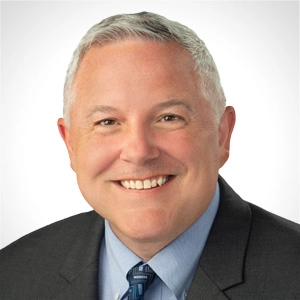This week, our In Focus section spotlights Minnesota’s innovative efforts to develop a comprehensive ecosystem that addresses substance use disorder (SUD).
Overview
Like many states, Minnesota experienced a significant surge in overdose deaths between 2018 and 2021, magnifying disparities in health outcomes linked to SUD and fatalities. For example, in 2021, Native American Minnesotans were 10 times more likely to succumb to a drug overdose than their white counterparts. Similarly, Black Minnesotans faced over three times the risk of dying from a drug overdose compared with White Minnesotans.
How do you create a more effective SUD prevention and treatment system? By fostering collaboration among the people who are directly affected, service providers, advocates, policymakers, and payors so they can learn from one another, offer support, and collectively commit to advancing change.
The Minnesota Department of Human Services (DHS) Behavioral Health Division has enlisted Health Management Associates, Inc. (HMA), to facilitate the Minnesota SUD Community of Practice (CoP), with the goal of creating a culturally responsive system of care. A CoP has three primary elements:
- A common identity, purpose, or value that encourages engagement and mutual exploration
- A community that establishes a culture of learning and willingness to share, ask, and listen
- The cultivation of practices where the community develops, shares, and maintains frameworks, tools, and ideas that are evidence-based and usedii
HMA understands that a well-established CoP, supported by solid processes, tools, resources, and expertise, is essential to realize and sustain a strong CoP foundation for translating knowledge into action.
Many states, including Minnesota, are using the American Society of Addiction Medicine (ASAM) criteria as the guidepost of their efforts to improve the addiction treatment system. To develop a road map on how to implement the ASAM Fourth Edition Levels of Care in Minnesota, HMA convened workgroups to collect firsthand information about services available in participants’ communities, whether they can deliver services at the ASAM level, and the barriers to providing this level of care.
The Approach
To authentically engage the community, HMA has partnered with three community advisors, each representing communities with the most significant disparities. The community advisors are integral to ensuring all CoP efforts incorporate a cultural lens that is responsive to the needs of communities facing health inequities. They do so by amplifying the voices and experiences of individuals in populations disproportionately affected by SUDs. In addition, the community advisors provide tailored facilitation, training, and resources within their respective CoPs to promote culturally specific and responsive practices. This approach seeks to increase treatment engagement and reduce disparities in treatment outcomes.
HMA is working with the CoP to create a report on SUD treatment gaps, a strategic planning and implementation summary, an ASAM implementation road map, a community advocacy capacity-building report, and an overview of culturally specific and responsive models of care.
Connect with Us
HMA brings experience in helping to build systems of care and expertise in assisting states with assessing ASAM levels of care and developing strategies, plans, and training to bolster these efforts. HMA is committed to empowering individuals with lived experience and people underserved by existing systems to play key roles in shaping new systems aimed at fostering equitable care.
The May 2024 edition of HMA’s Podcast, Vital Viewpoints, features a discussion with HMA Principal Debbi Witham about her insights on the ASAM levels and the impact on systems of care. She shares her in-depth understanding of the complexities of SUD and underscores the crucial need for quality measures and sustainable healthcare funding while warning against investing in ineffective systems. Ms. Witham further emphasizes how states might correct course now to ensure equitable distribution of funding and offers insights into the essential steps for coordinating a community response that enhances outcomes.
For more information about HMA’s work in Minnesota and similar projects in other states contact Paul Fleissner, Boyd Brown, and Debbi Witham.


